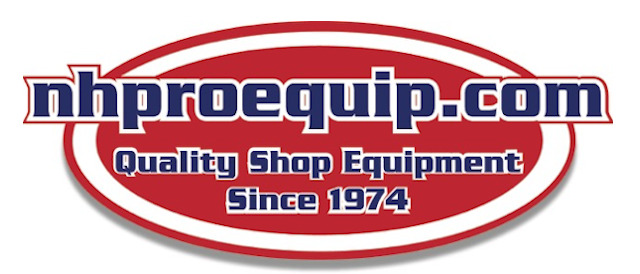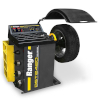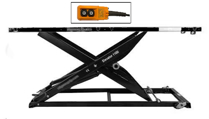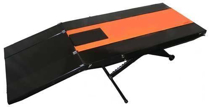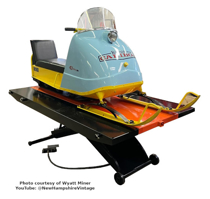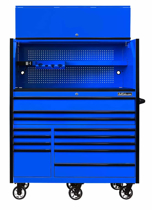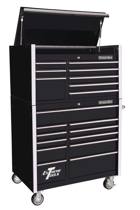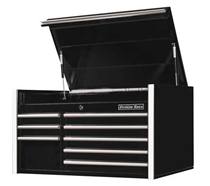- Register
- Log in
- Wishlist (0)
- My Cart (0) You have no items in your shopping cart.
- 2025
- 2024
- 2023
- 2022
- 2021
- 2020
- 2019
- 2018
- 2017
- 2016
- 2015
- 2014
- 2013
- 2012
- 2011
- 2010
2011, November
The days of diagnosing and repairing automobiles without a laptop are fading. Newer vehicles have large number of onboard computers, each dedicated to performing specific tasks. Common onboard computers in newer vehicles include the Engine Control Module (ECM), Transmission Control Module (TCM), Fuel Injection Control Module (FICM), Anti-lock Brake System (ABS), Body Control Module (BCM) and numerous other control modules to manage every electronic system integrated into the vehicle. Each onboard computer is programmed at the factory with software enabling it to perform certain tasks. Inside the ECM is software containing hundreds or even thousands of parameters to control spark, fuel, cruising, emissions, idle, economy, drivability, and performance. Similarly, a TCM will have software to control how the transmission and torque converter function. Sometimes, after the vehicle is shipped from the automaker, updates are released to improve emissions, fuel economy, drivability, performance, or specific bugs in the original software that have caused warranty issues. Updating this software can be a proactive fix because often it will resolve problems that a customer hasn’t reported or noticed yet...

The practice of updating software in these modules is more commonly known as flash reprogramming. At new car dealerships, flash reprogramming is a relatively straightforward process because service technicians are connected to the automaker and have the expensive, specialized tools dedicated to reprogramming. The independent repair shops have faced a more difficult challenge because most shops typically service more than one make of automobiles. This increases the complexity, cost, and training required to operate dozens of different factory service tools. J2534 – A Solution Arrives In 2000, the Environmental Protection Agency had been watching this issue and decided to take action. The EPA requested a standard be developed within the SAE that led to J2534, a mandated specification to which automakers who sell vehicles in the United States must conform. The original J2534 specification was later updated to J2534-1 in order to support all automakers. The EPA mandate requires automakers to support aftermarket repair shops with J2534-1 flash reprogramming for any emissions-related computer modules on a vehicle that can be reprogrammed by a new car dealership. This mandate took effect for all 2004 and newer vehicles, but many automakers have decided to offer J2534-1 support for vehicles older than 2004 and some vehicles as early as model year 1996. J2534-1 is a system devised of two independent parts: subscription software and a J2534-1 compliant PassThru vehicle interface. The subscription software comes directly from the automaker, runs on your shop PC or laptop, and can either be web-based or CD-based. The subscription fees are charged differently for each automaker. Some automakers such as GM charge an annual fee for full access, while others have options for paying: per-vehicle, daily, weekly, monthly, or annually. Many of these services also include bonus features beyond flash reprogramming. FMP from Ford lets repair shops reprogram transponder keys, and other automakers are beginning to support diagnostic functionality. Stay tuned. We will continue to post more installments from "Introduction to J2534 and Flash Reprogramming," including our next installment, information about J2534-1 compliant PassThru vehicle interface.
